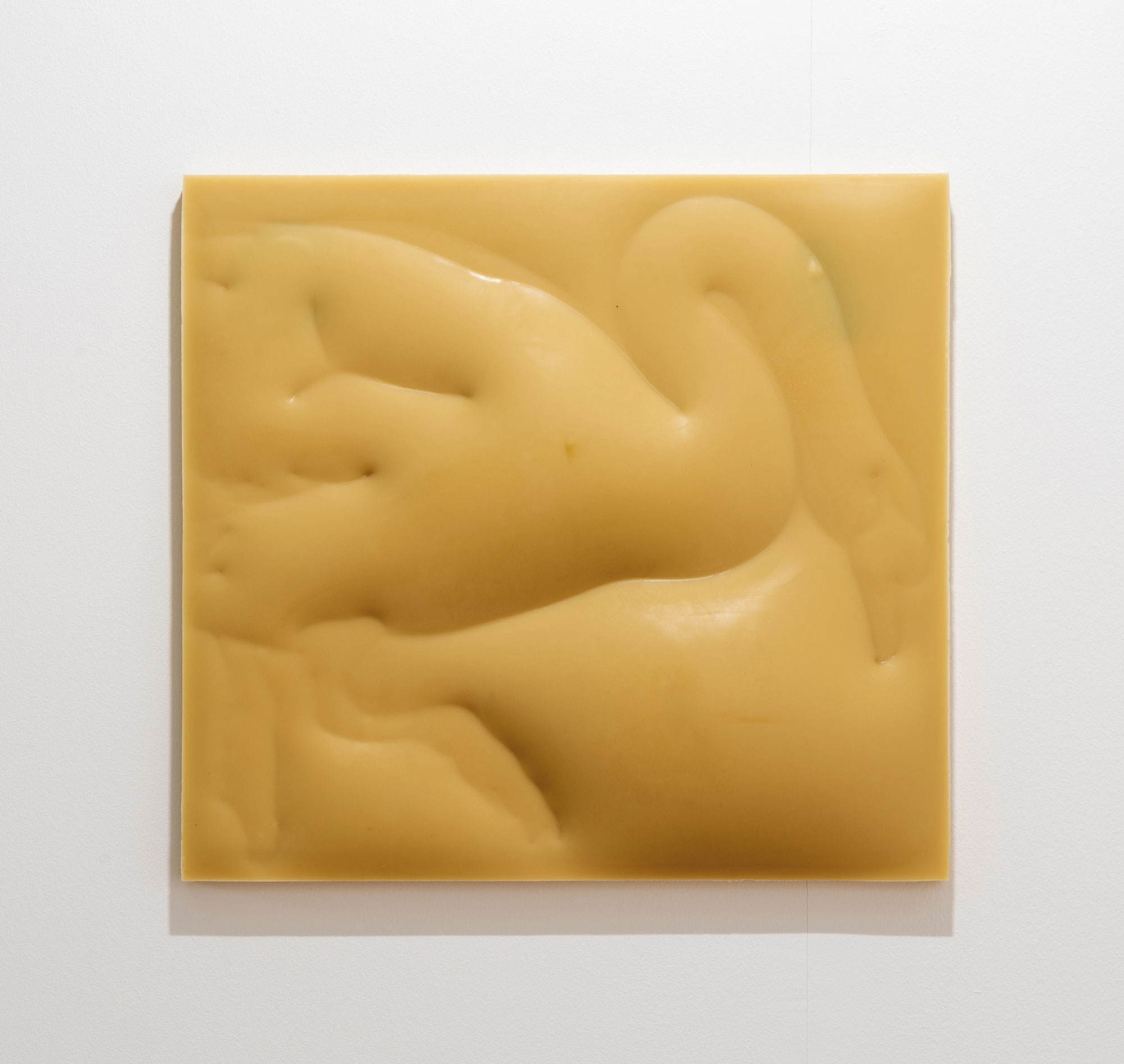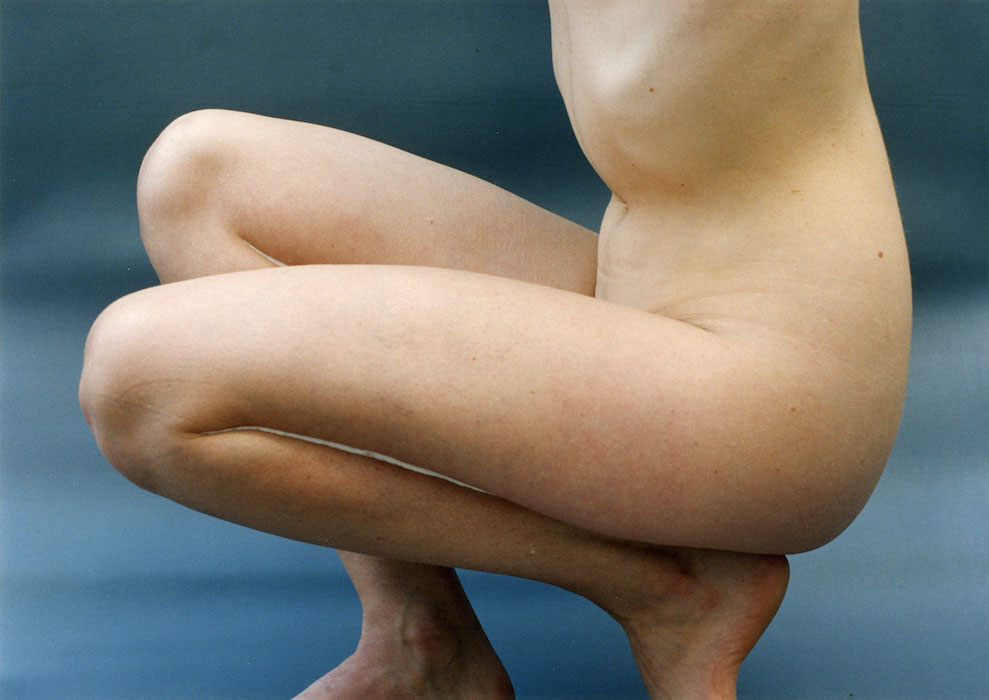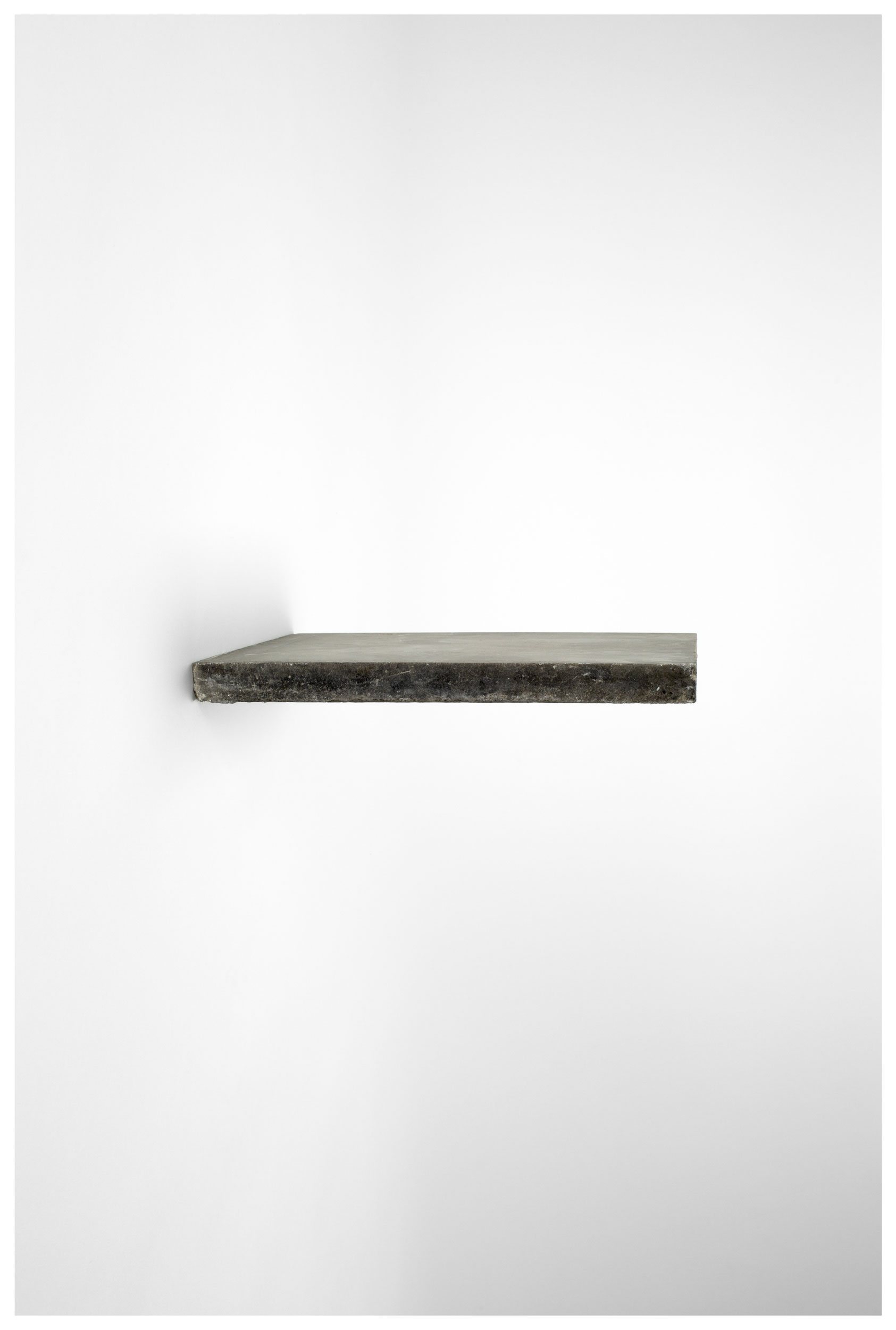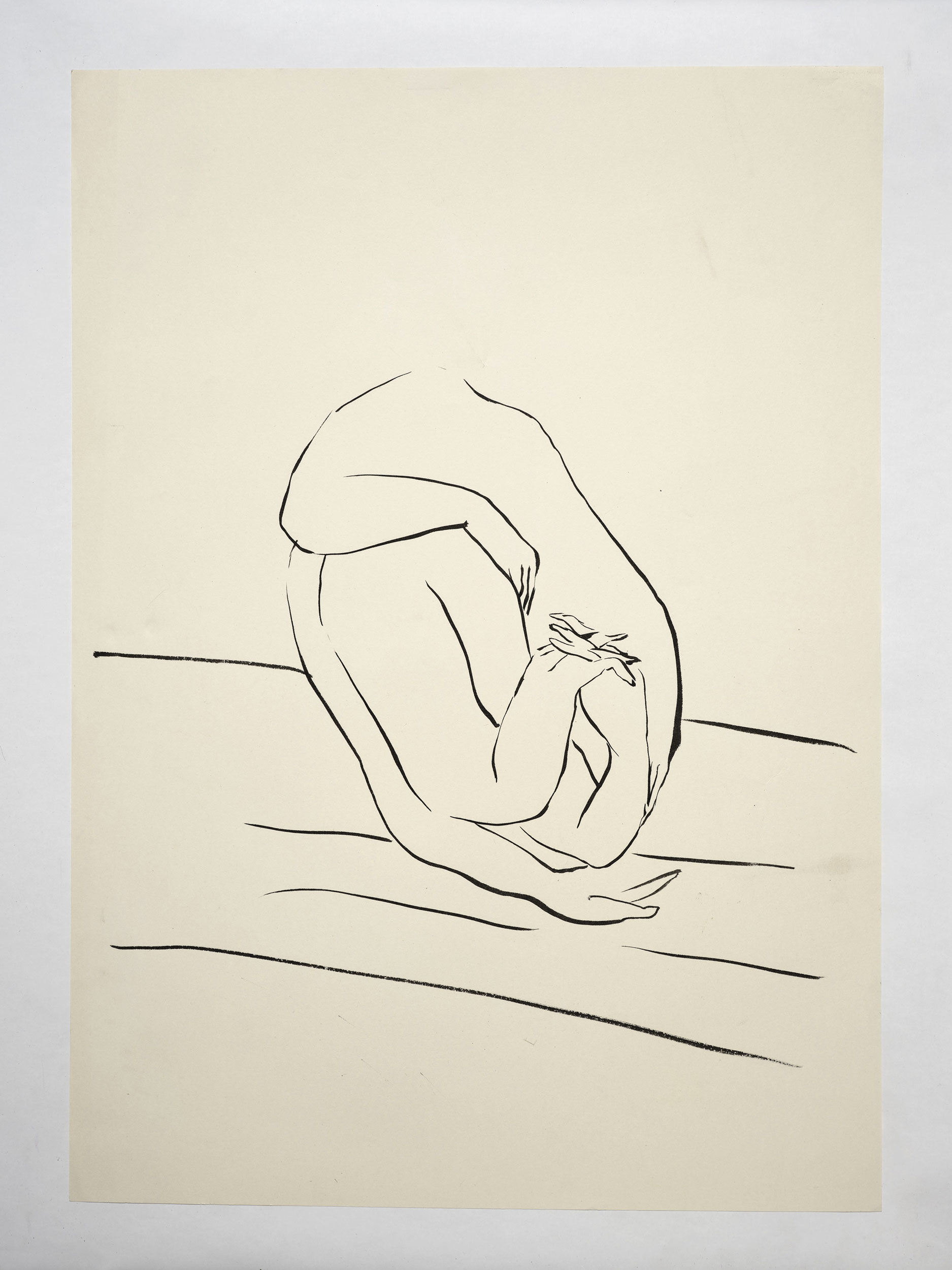ethall, Barcelona
Ana Martínez Fernández, Violeta Mayoral, Julia Montilla, Sergio Prego, Eulàlia Rovira, Sinéad Spelman, Martin Vitaliti
For this edition of Art-o-rama ethall brings together works by several artists who, through different media, refer to sculpture. With an (almost) total absence of three-dimensional objects, these works quietly circulate around the essential questions of sculpture. The bulge, the hollow, the mark, the fold, the groove, the weight, the space. The split as a formative element. The commissures.
Ana Martínez Fernández (Cantabria, 1982) studied Fine Arts at the University of the Basque Country (Bilbao) and Contemporary Art Theory at Goldsmiths College (London). Her practice, fundamentally sculptural, operates in a field heavily informed by both written and spoken language, and the relationship between gesture, matter and image. Her work addresses certain literary referents, exploring and deepening into the dynamics of attraction to these referents. Drawing on the paradoxical or contradictory mechanisms of that desire, she aims to explore the gesture of personal and collective intimacy through a practice that makes, repeats, makes, draws out and enables new associations.
Violeta Mayoral (Almería, 1988) departs from photography as a space for autonomy, which allows one to enter and exit the image from that which is performative, sonic or sculptural as a metaphor for the gaze. She uses events and the act of listening as a methodology and she is interested in understanding the regimes of meaning from the paradigm of vision and the acoustic experience.
Julia Montilla (Barcelona, 1970) uses a multiplicity of media to analyse the function of the image, its visual construction and spectrologies. She is interested in the phenomenon of religious ecstasy and mental disorders, but also in the stereotypes of happiness and the social conventions of affection and sentimentality, and in denouncing job insecurity and exclusion.
Sergio Prego (San Sebastián, 1969) belongs to the generation born in the experimental space of Arteleku in San Sebastián, where he attended various workshops given by Ángel Bados, Txomin Badiola and Juan Luis Moraza. Settled in New York since the 1990s, for years he was the only artist in the group of engineers and architects who made up the studio of the classic of conceptual art, Vito Acconci. Throughout his career he has been questioning and reformulating his ascription to that tradition, that of performativity and institutional critique of art of the 1960s through video, spatial intervention, drawing, sculpture and pneumatic architecture.
Eulàlia Rovira (Barcelona 1985) holds a degree in Fine Arts and a master’s degree in Art in Context from the UdK in Berlin. Her practice follows the foundations that structure Western righteousness and how they petrify bodies and language.
Sinéad Spelman (Dublin, 1978) is an artist currently living in Barcelona. Her work focuses on the practice of drawing and sculpture from an intimate perspective that at the same time investigates collective emotional states. Her raw, gestural and almost schematic drawings, embody characters in ambiguous situations that open the possibility to multiple meanings. Sometimes the figures confront apparently grotesque or playful circumstances that at the same time can be perceived as anguishing or oppressive.
The works of Martin Vitaliti (Buenos Aires, 1978) operate as an apparently literal form of representation: using a combination of simple, repeated practices, he appropriates a narrative anecdote exactly as it is told through comic-book graphies and turns it into something real. For example, in one of his pieces Superman pulls on the page that depicts his cartoon body, taking his actions outside the frame of the panel and transferring them on to the paper itself. On the one hand, a series of precise analyses provides him with arange of equally specific formal conceptions; and on the other, he applies these to various original materials that conform to a given linguistic code. Analytical processes with formal repercussions correspond to an artistic technique that involves subtraction – reduction, erasure, disappearance – and addition -juxtaposition, superimposition, concealment. ln other words, registers that can be ascribed to what we call collage. When the collage’s repertoire of stylistic possibilities is applied to an original material like the comic strip, with its own welldefined stylistic code, a dual nexus emerges, a paradoxical bond forged by two opposing forces. The meaning emerges in the tension of that supposed void between two coded frameworks that identify each other, reveal themselves and overlap in a tautological loop, like a mirror hung in the middle of the representation.







